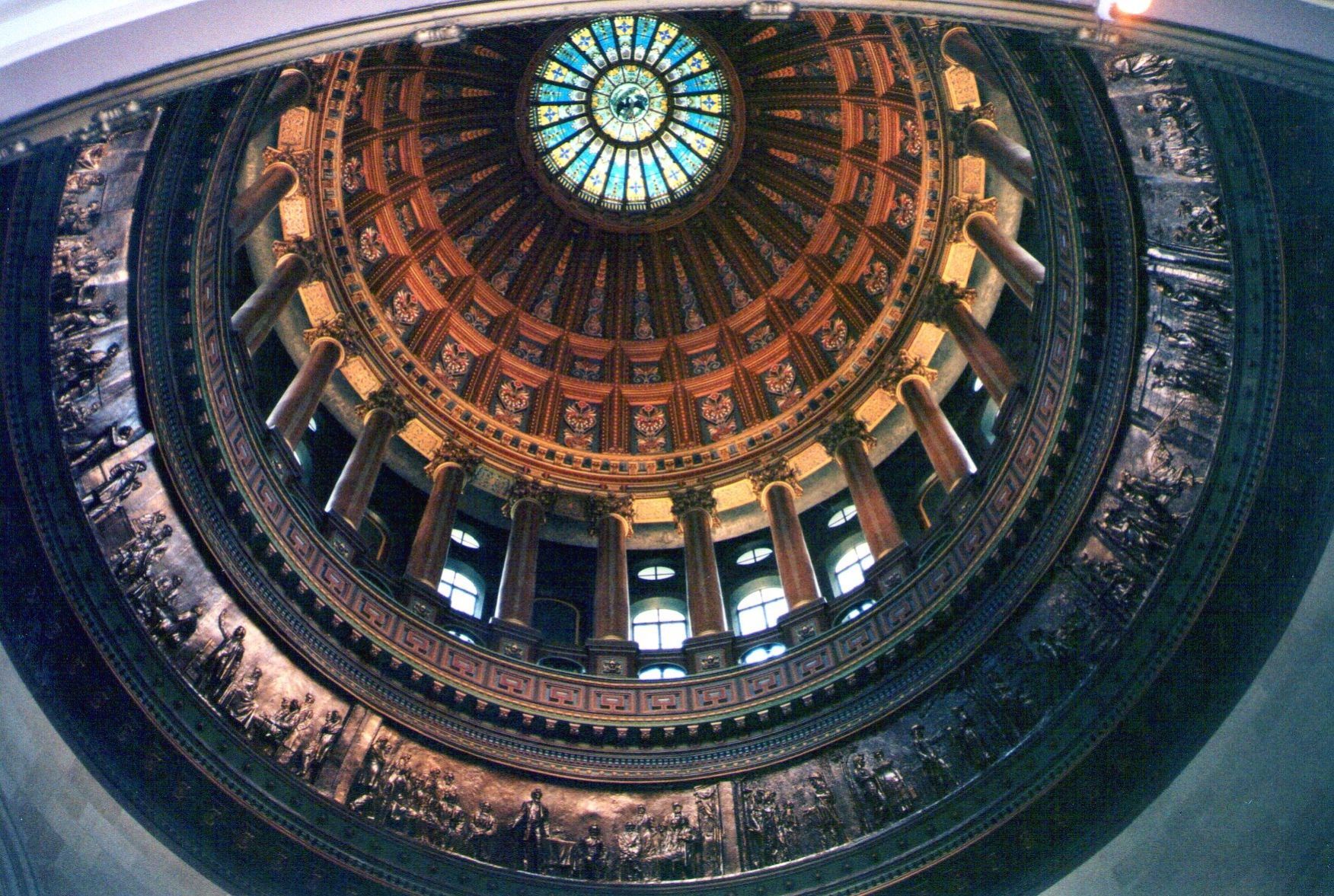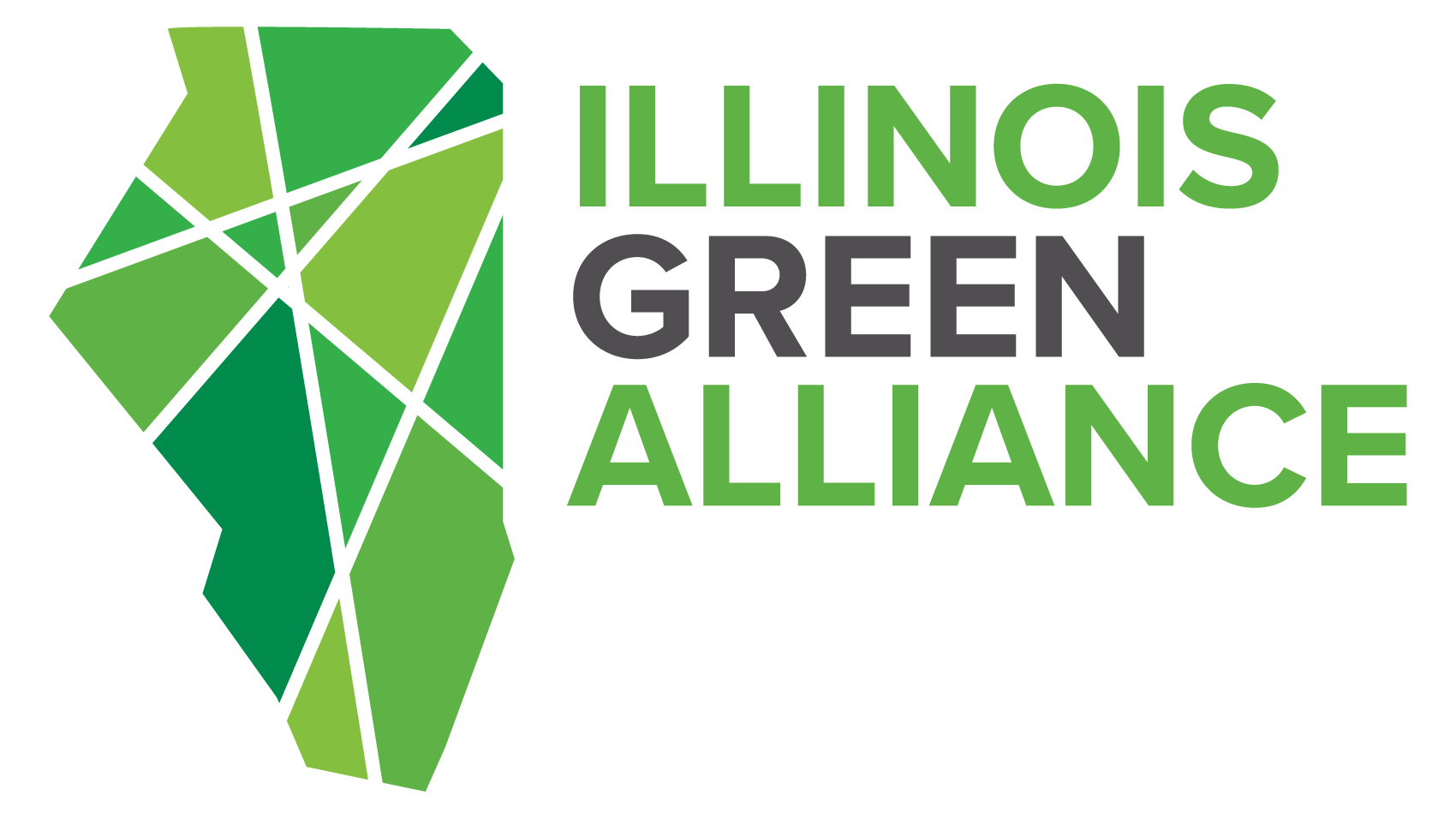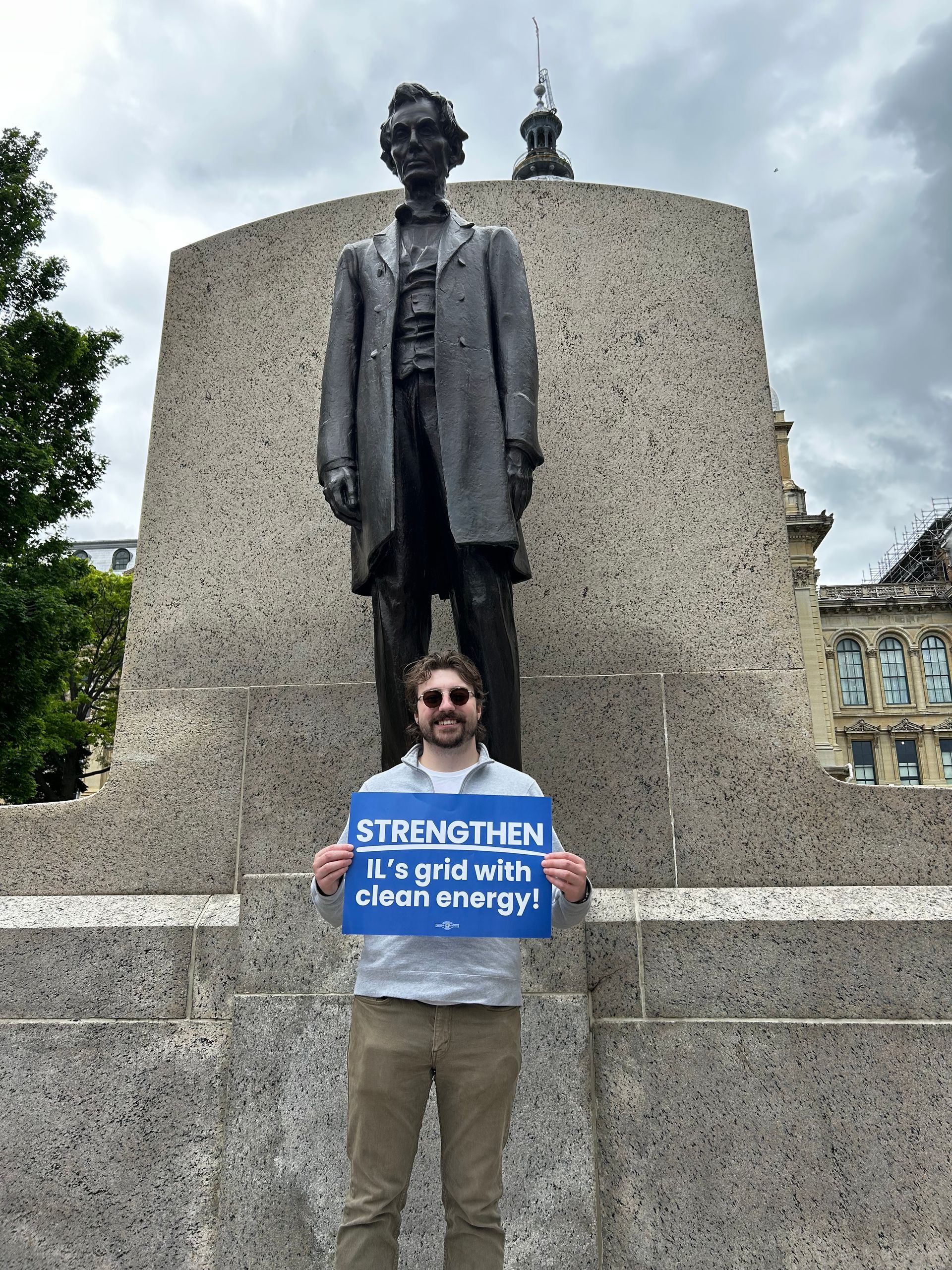Net Zero Building Case Study: Carroll Community Center
A net zero retrofit of a century-old park district building
Project Overview
Carroll Community Center is one of the first net zero verified buildings in Illinois, earning PHIUS+ 2018 & Source Zero certifications. The building was completed in 2020 and net zero verified in 2021.
Project Team
- Owner & Co-Construction Manager: Park District of Oak Park
- Architect, Co-Construction Manager, & Certified Passive House Consultant: Tom Bassett-Dilley Architects
- Structural Engineers: Goodfriend-Magruder
- Mechanical-Electrical-Plumbing: Architectural Consulting Engineers
In 2020, the Park District of Oak Park completed a retrofit of the century-old Carroll Community Center in Oak Park, which is now the second facility in all of Illinois to reach net zero energy performance. The project added two, 1,200 square-foot classrooms to accommodate the growing need for afterschool childcare and to address the Park District’s overall need for more program space.
With sustainability at the core of their community values, the Park District of Oak Park approached the project with the goal of producing a net zero energy building. To make this possible, the Park District was awarded a $577,800 grant from the Illinois Clean Energy Community Foundation to achieve Passive House Certification and Source Zero Energy Certification for the Carroll Center expansion project.
The project architect, Tom Bassett-Dilley Architects, and the Park District were both co-construction managers. With careful collaboration, they used Passive House standards to retrofit the original building and build the new structure. The building also features triple-glazed windows, super insulated roof/walls/slab, LED lighting, electrical load monitoring, daylighting and urban timber re-use.
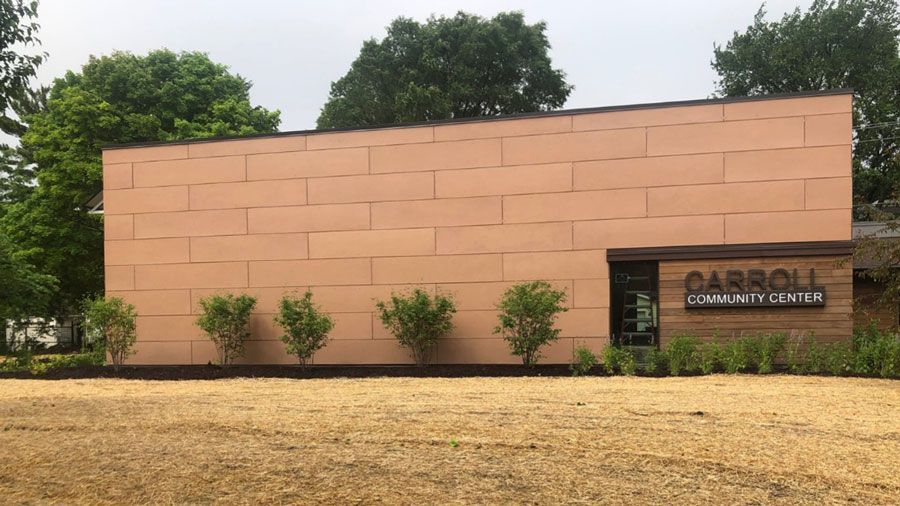
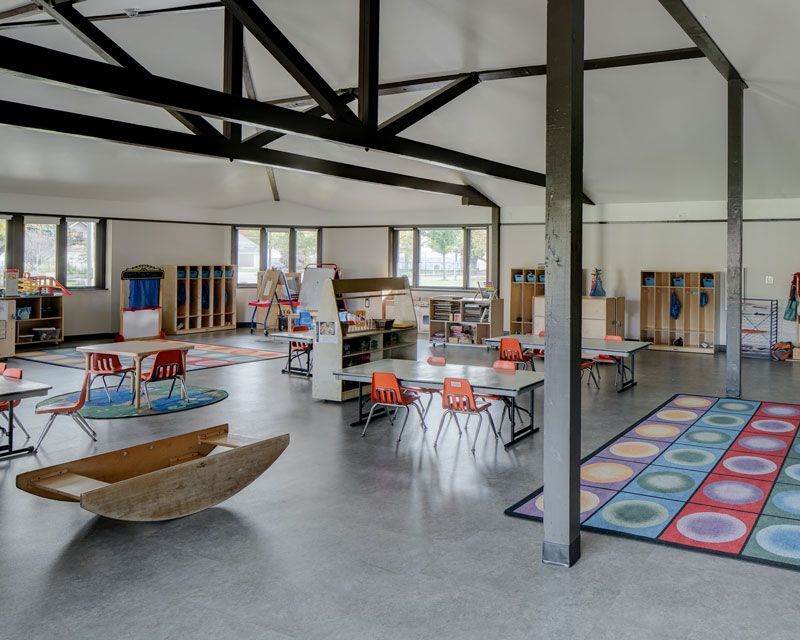
Quality air you can feel
At the community center, families can be at ease with their children spending time indoors, thanks to the building’s ventilation. Improved air quality in passive house design is something “you feel more than you really see,” Bassett-Dilley said.
Occupants experience minimal drafts, warmer floors, and a reduced risk of mold.
Architect involved from design to construction
For a zero energy building to be successful, sustainability needs to be at the forefront for all stakeholders involved, including the owner, architect, contractor, and subcontractors. The Park District of Oak Park was able to ensure that their goal to reach net zero emissions was reached by working with TBDA to co-manage the construction process. The firm doubled as the architect and co-construction manager, which was a first for TBDArchitects. Having an architect on-site as a co- construction manager helped them see through the project, project architect, Tom Bassett-Dilley said.
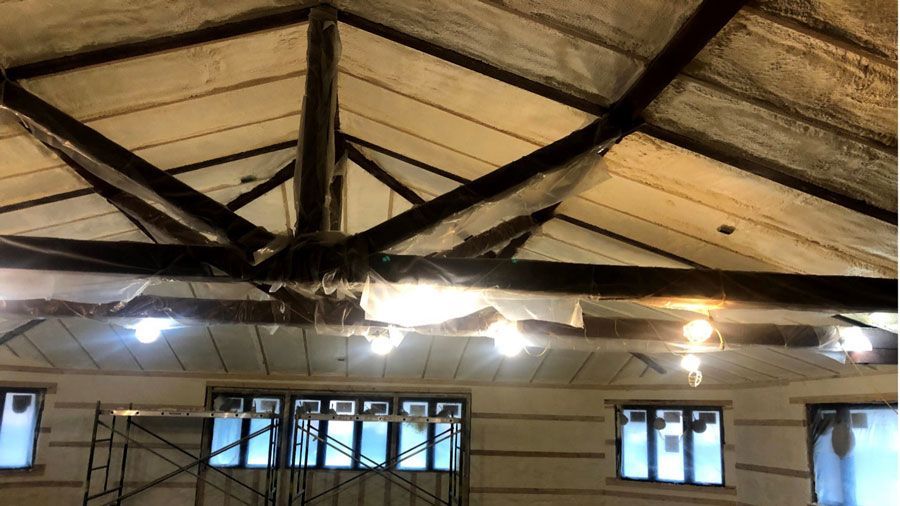
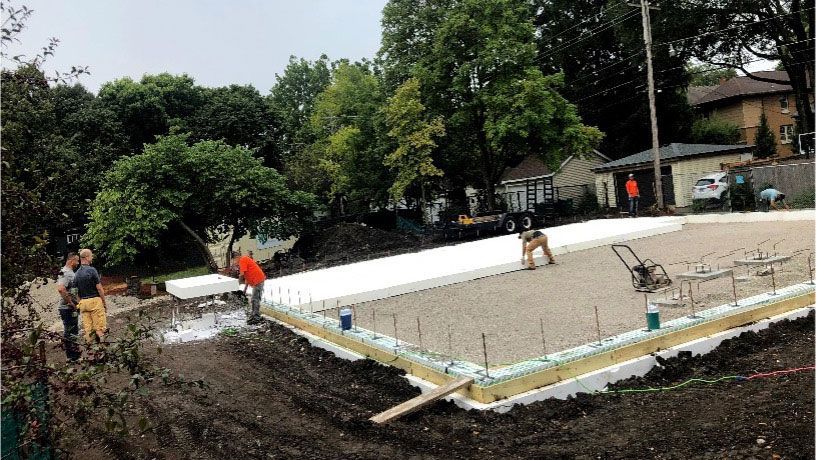
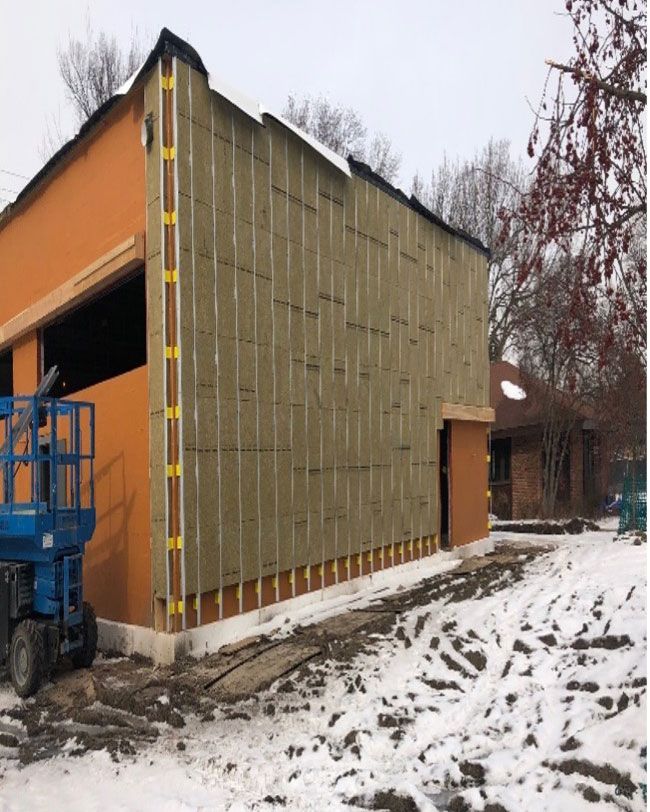
Tight thermal envelope makes retrofit reality
Creating a solid thermal envelope is a common challenge when retrofitting older buildings — but it’s crucial in meeting the Passive House standard. The original Carroll Center did not have the materials necessary to be airtight, and the complex roof geometry exacerbated the leakiness. Bassett-Dilley addressed the building’s deteriorated insulation by repairing cracks on the interior with caulk and spray foam, resulting in a significant decrease in wasted energy from heat and air leakage.
Project made possible through ICECF grant
The Illinois Clean Energy Community Foundation granted $577,800 to the Carroll Community Center, which covered 80% of the cost upgrades to achieve net zero energy.
The project’s remaining $116,000 came from the Park District’s Capital fund.
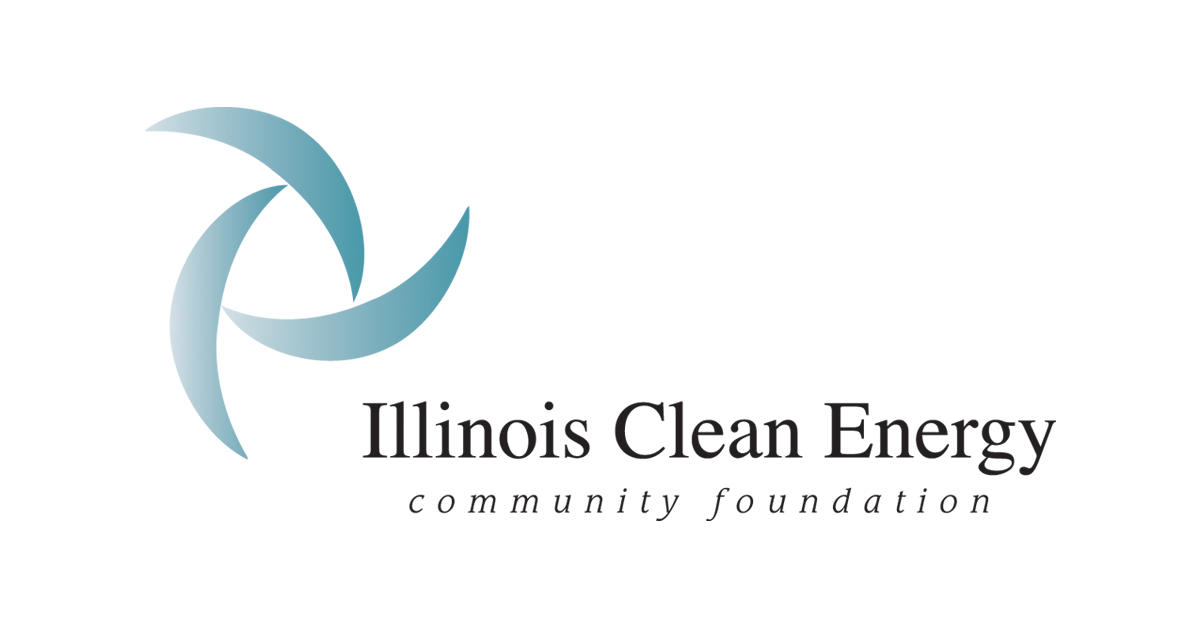
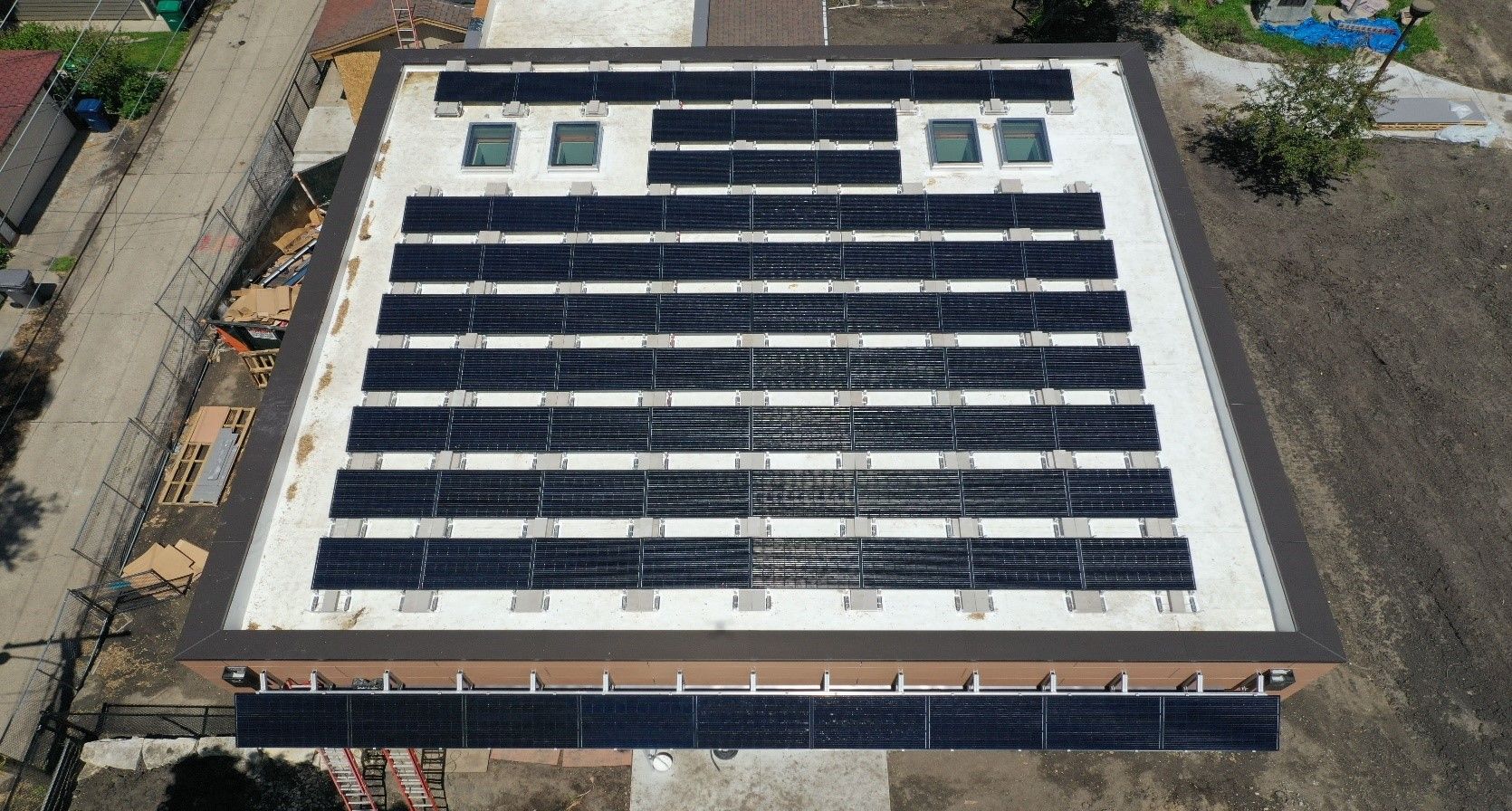
Solar panels generate energy and cost savings
The new facility generates nearly double the amount of energy it uses.
While the on-site solar array generates 23,930 kWh of energy per year, the building only uses 12,696 kWh of energy per year. This excess energy goes to cover the park lights usage, located outside of the building. Due to on-site energy generation, the district pays $0 in utilities. But back in 2017, they paid $4,300 (not adjusted for inflation) in utilities for a building that was half the size of the newly retrofitted facility.
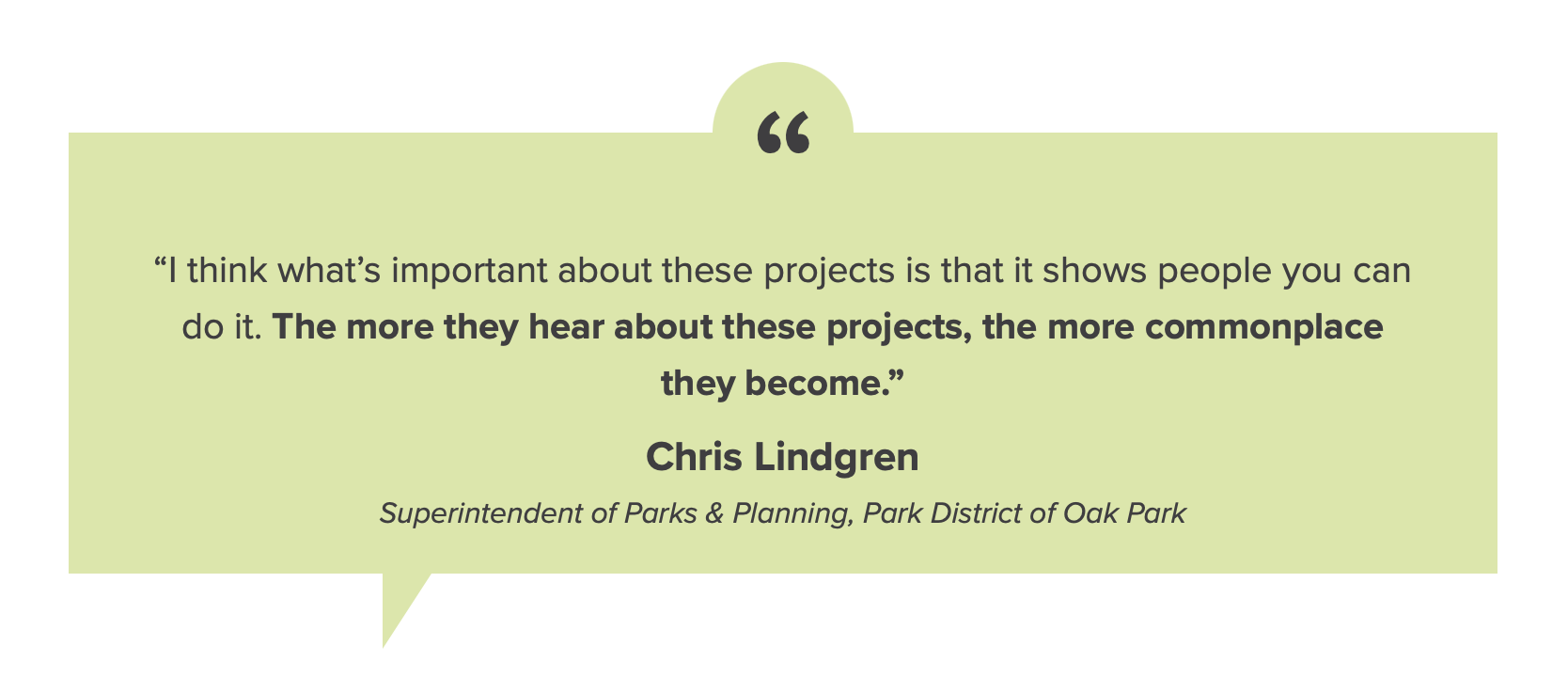
Why are all verified net zero energy projects in Illinois municipal buildings?
The first three net zero verified buildings in Illinois were all made possible in part to a grant from the Illinois Clean Energy Community Foundation. This grant requires that the owner of the building be a local government agency 501(c)3, or college. Oak Park also required the project to be net zero as a part of its village sustainability plan.
